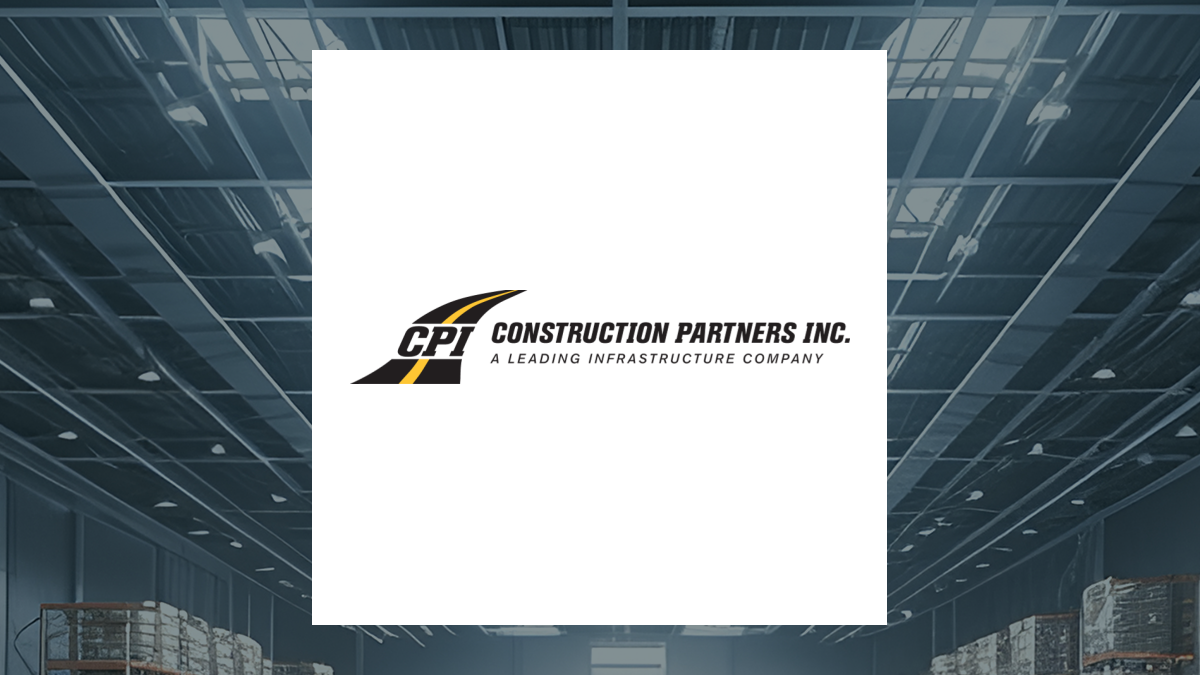
ROAD
Construction Partners, Inc.
$109
0.6
(0.55%)
| Exchange: | |
| Market Cap: | 6.161B |
| Shares Outstanding: | 50.818M |
About The Company
| Sector: | Industrials | |||||
| Industry: | Engineering & Construction | |||||
| CEO: | Fred Julius Smith III | |||||
| Full Time Employees: | 1325 | |||||
| Address: |
|
|||||
| Website: | https://www.constructionpartners.net |
Construction Partners, Inc., a civil infrastructure company, engages in the construction and maintenance of roadways across Alabama, Florida, Georgia, North Carolina, and South Carolina. The company, through its subsidiaries, provides various products and services to public and private infrastructure projects, with a focus on highways, roads, bridges, airports, and commercial and residential developments. It also engages in manufacturing and distributing hot mix asphalt (HMA) for internal use and sales to third parties in connection with construction projects; paving activities, including the construction of roadway base layers and application of asphalt pavement; site development, including the installation of utility and drainage systems; mining aggregates, such as sand and gravel that are used as raw materials in the production of HMA; and distributing liquid asphalt cement for internal use and sales to third parties in connection with HMA production. The company was formerly known as SunTx CPI Growth Company, Inc. and changed its name to Construction Partners, Inc. in September 2017. Construction Partners, Inc. was incorporated in 1999 and is headquartered in Dothan, Alabama.
Click to read more…
Revenue Segmentation
EPS
Earnings Call
Income Statement
(* All numbers are in thousands)
Balance Sheet
(* All numbers are in thousands)
Cash Flow Statement
(* All numbers are in thousands)
Analyst Estimates
(* All numbers are in thousands)







